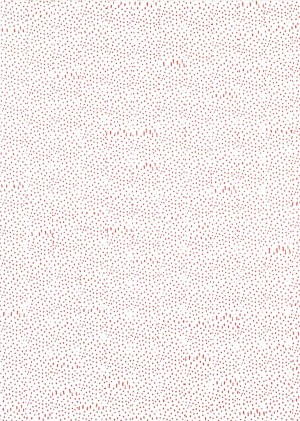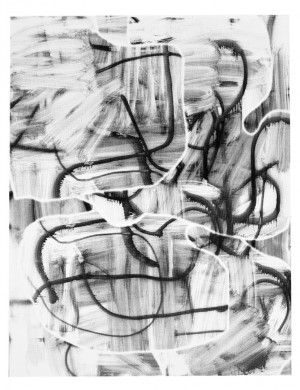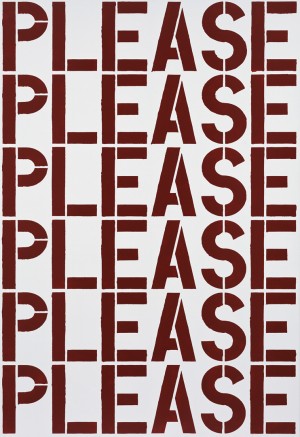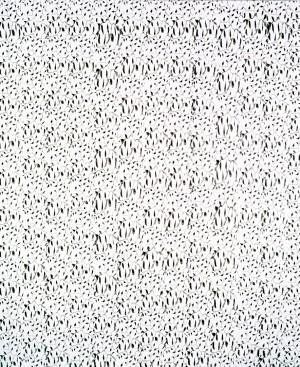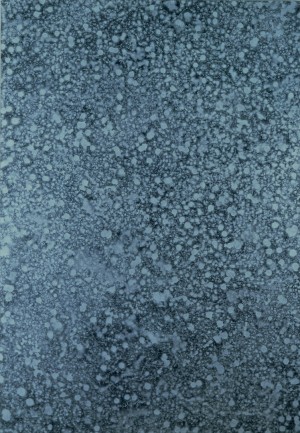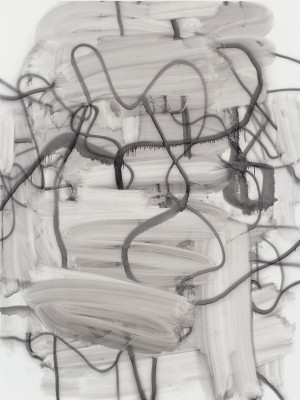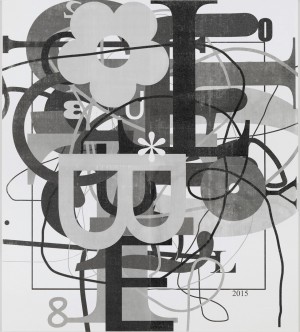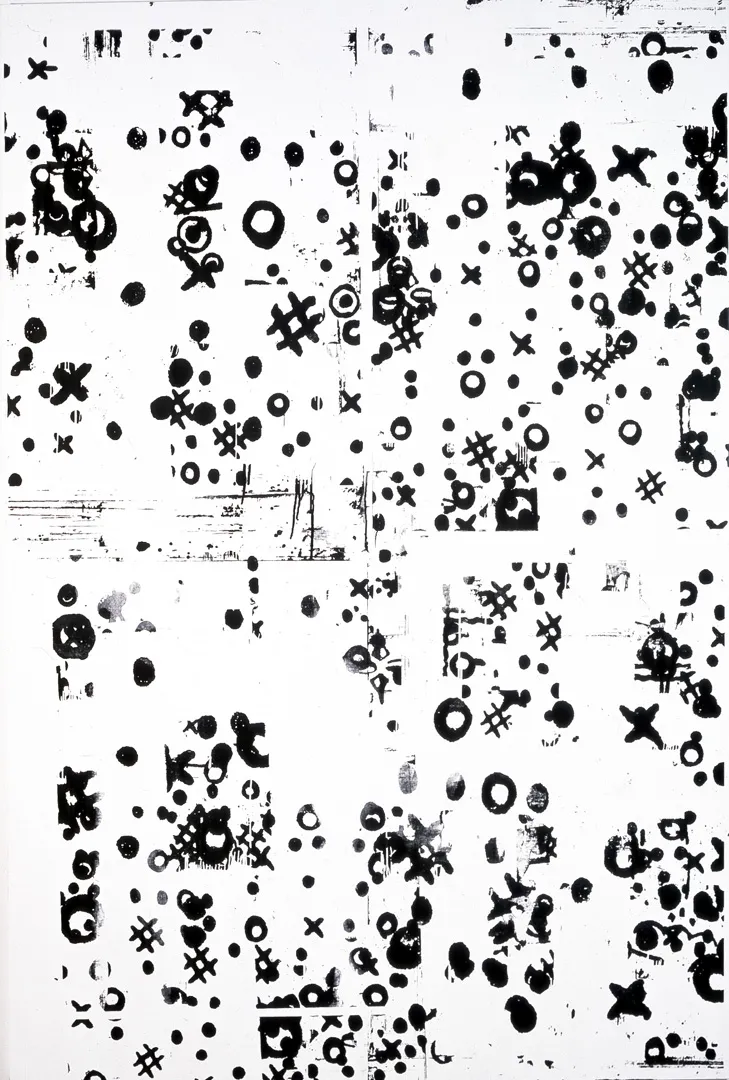
Untitled
About This Artwork
Rock critic Greil Marcus wrote that Christopher Wool’s work conveys a “sense of obsession and hurry, of pressure, fever, danger, and fright.” In the mid-1980s through the mid-1990s, Wool achieved this effect through simple means: the painting of words and designs with rubber stamps, pattern rollers, and stencils in blunt colors of black, white, red, and blue. The paintings are gritty, hard, and aggressive, full of fracture and disjointed rhythms, often likened to urban detritus and ruin. In the late 1990s, Wool created silkscreens of aspects of the earlier works, deploying the pieces in new configurations.
Here, Wool uses the ghostly patterns of past paintings as imagery. Pulling from the margins, Wool forms a dialogue with his own history to find meaning in what was previously fugitive or accidental. The result is equivalent to musical distortion or background noise, fully confrontational compositions made through the after effects of other things.
